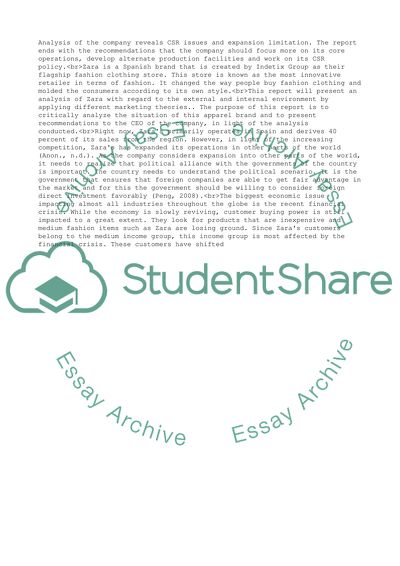Cite this document
(Report Analyst in the related of Zaras industry Essay, n.d.)
Report Analyst in the related of Zaras industry Essay. https://studentshare.org/business/1800459-report-analyst-in-the-related-of-zaras-industry
Report Analyst in the related of Zaras industry Essay. https://studentshare.org/business/1800459-report-analyst-in-the-related-of-zaras-industry
(Report Analyst in the Related of Zaras Industry Essay)
Report Analyst in the Related of Zaras Industry Essay. https://studentshare.org/business/1800459-report-analyst-in-the-related-of-zaras-industry.
Report Analyst in the Related of Zaras Industry Essay. https://studentshare.org/business/1800459-report-analyst-in-the-related-of-zaras-industry.
“Report Analyst in the Related of Zaras Industry Essay”. https://studentshare.org/business/1800459-report-analyst-in-the-related-of-zaras-industry.


